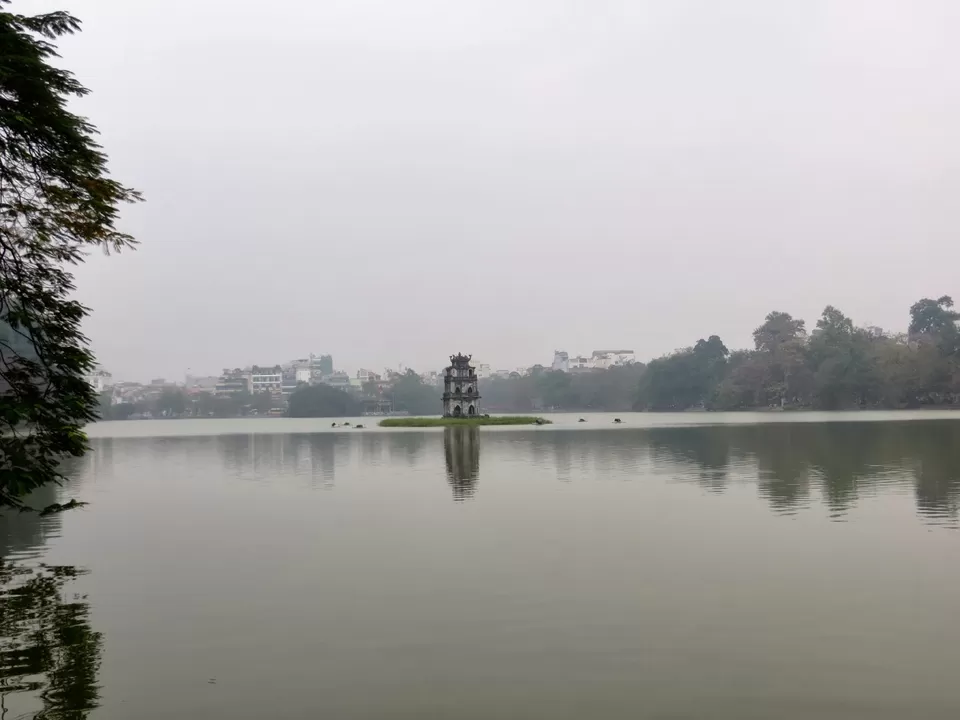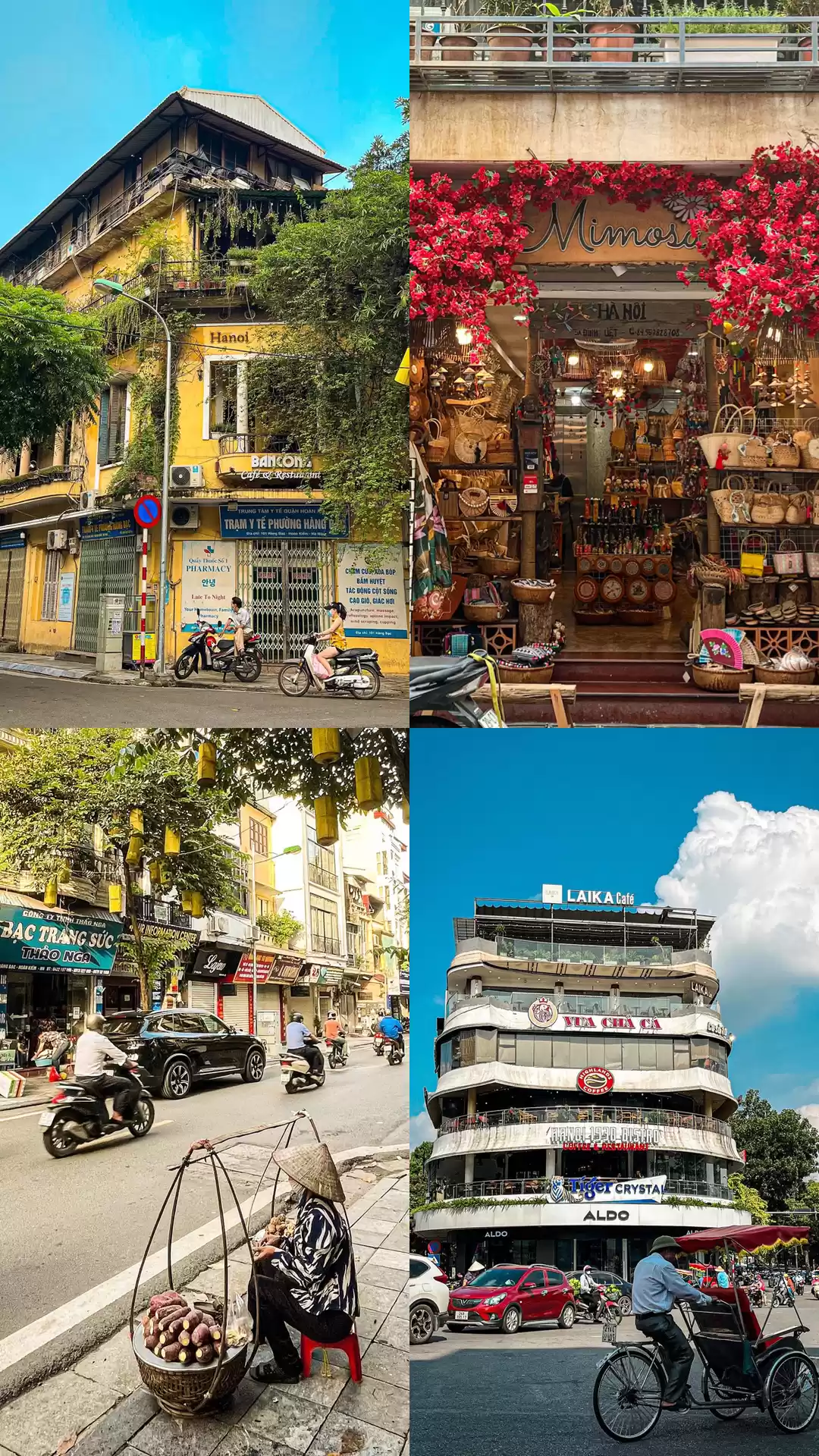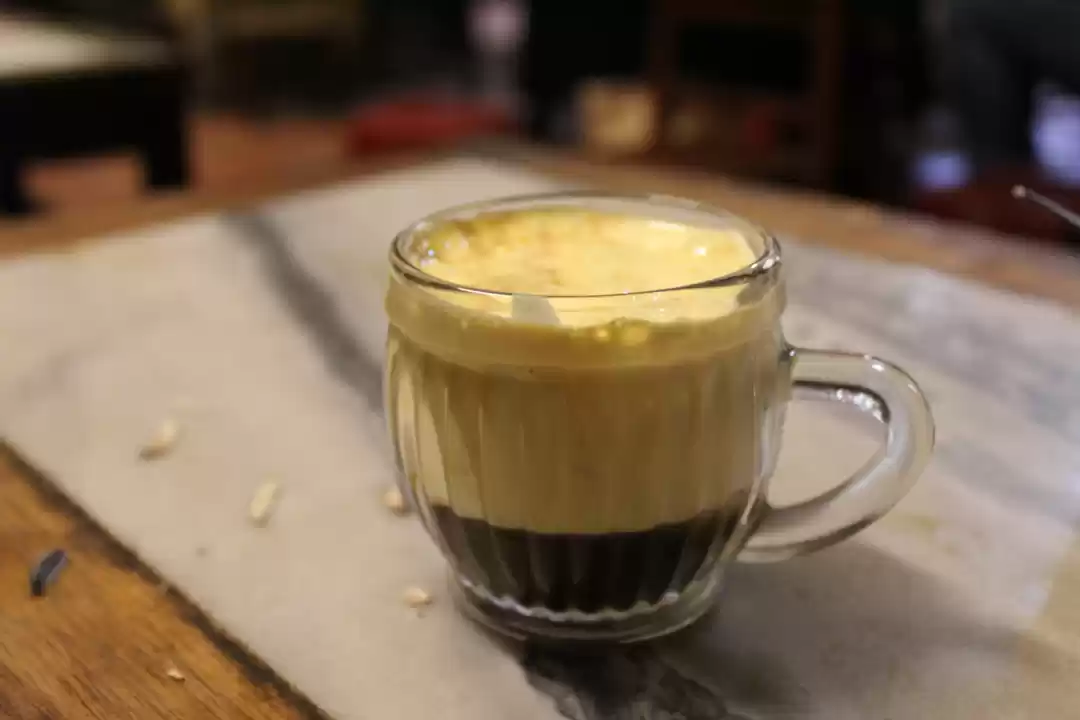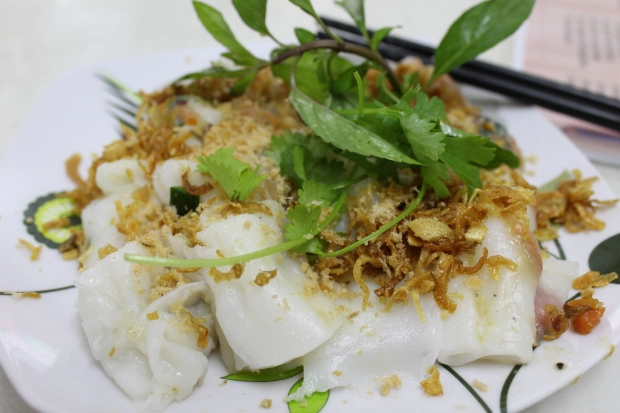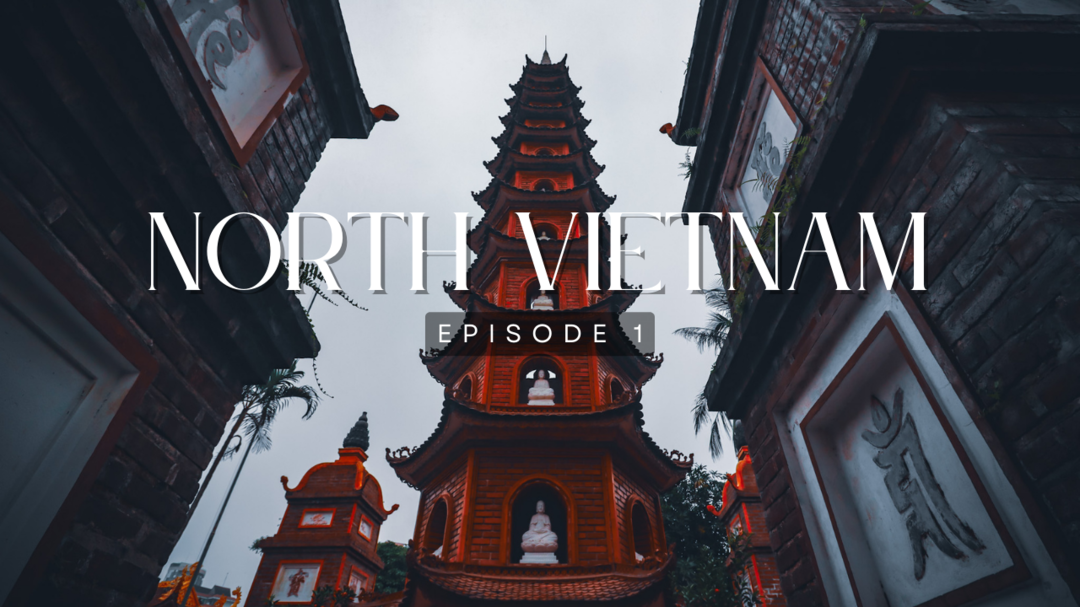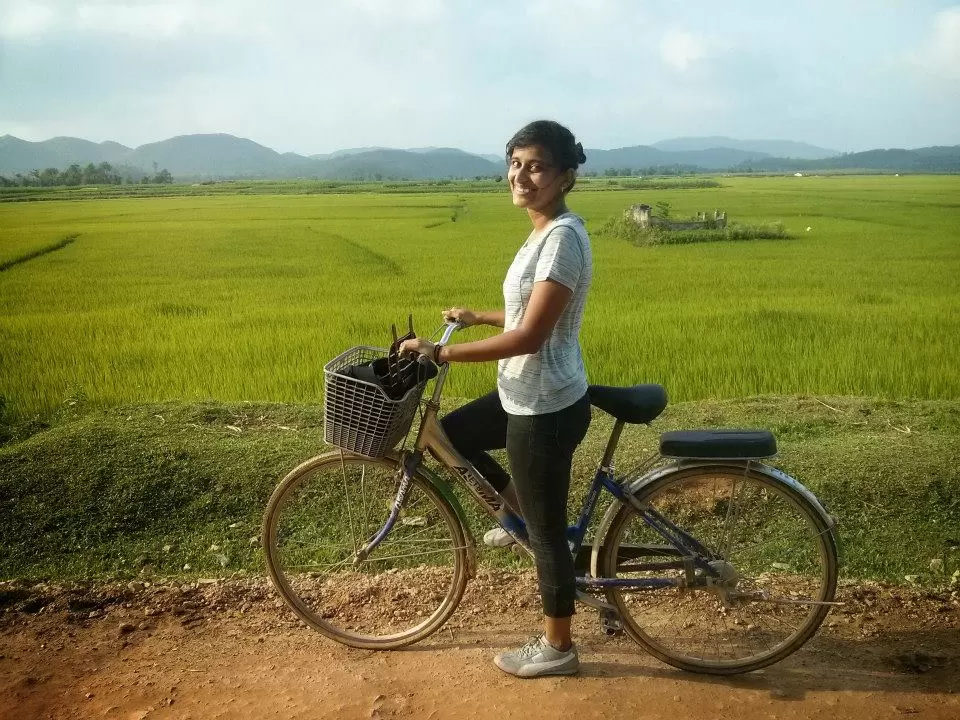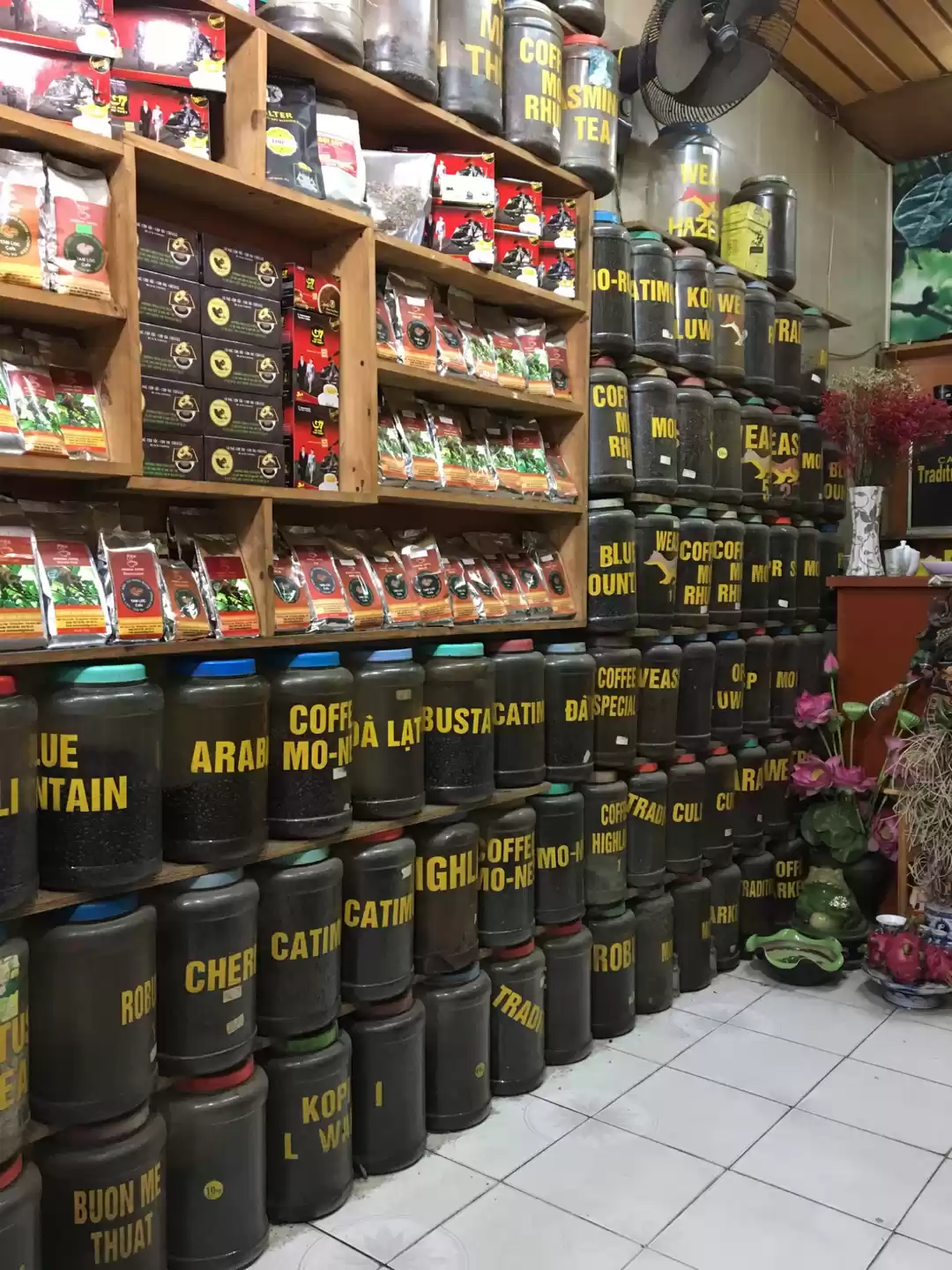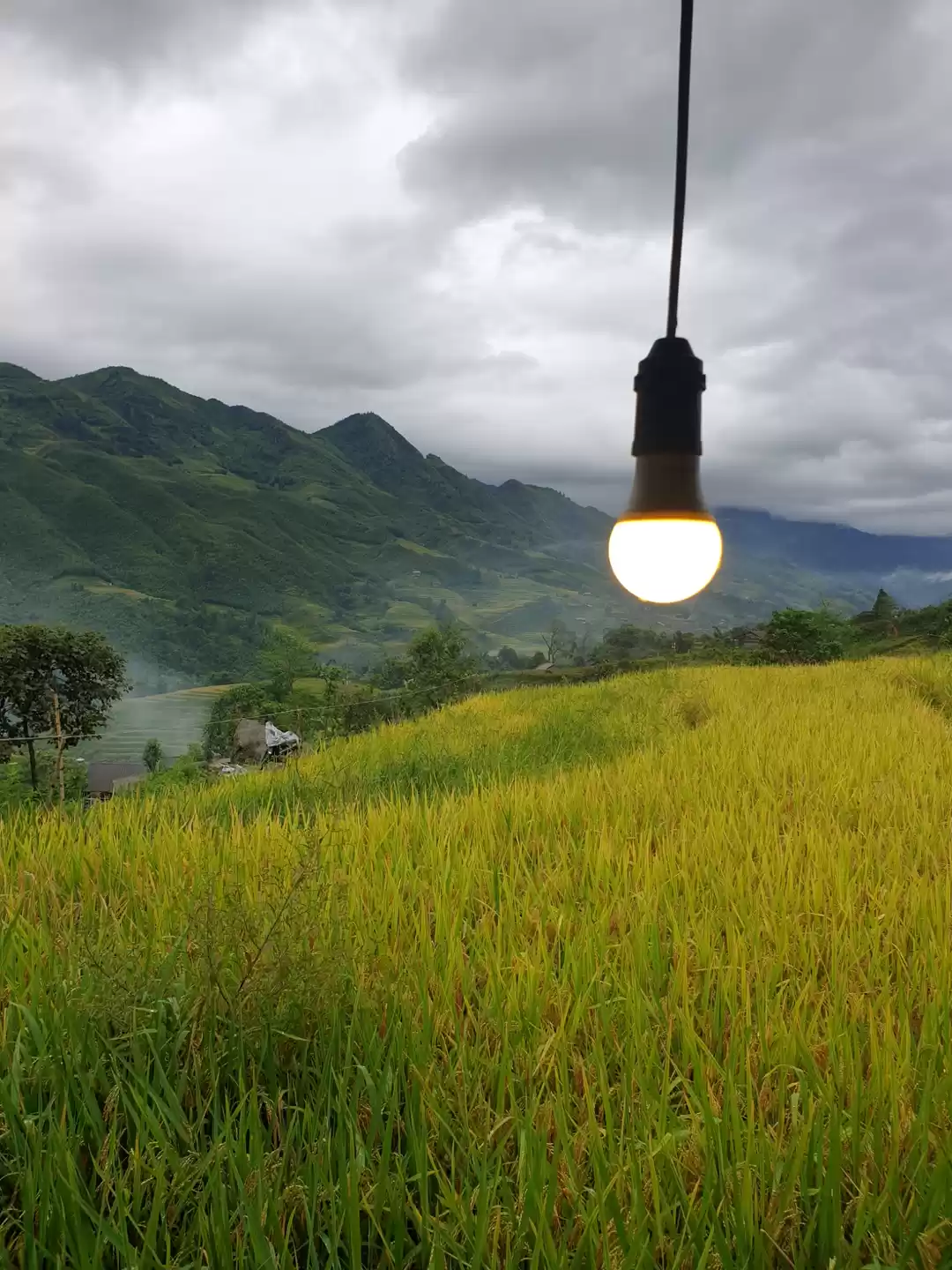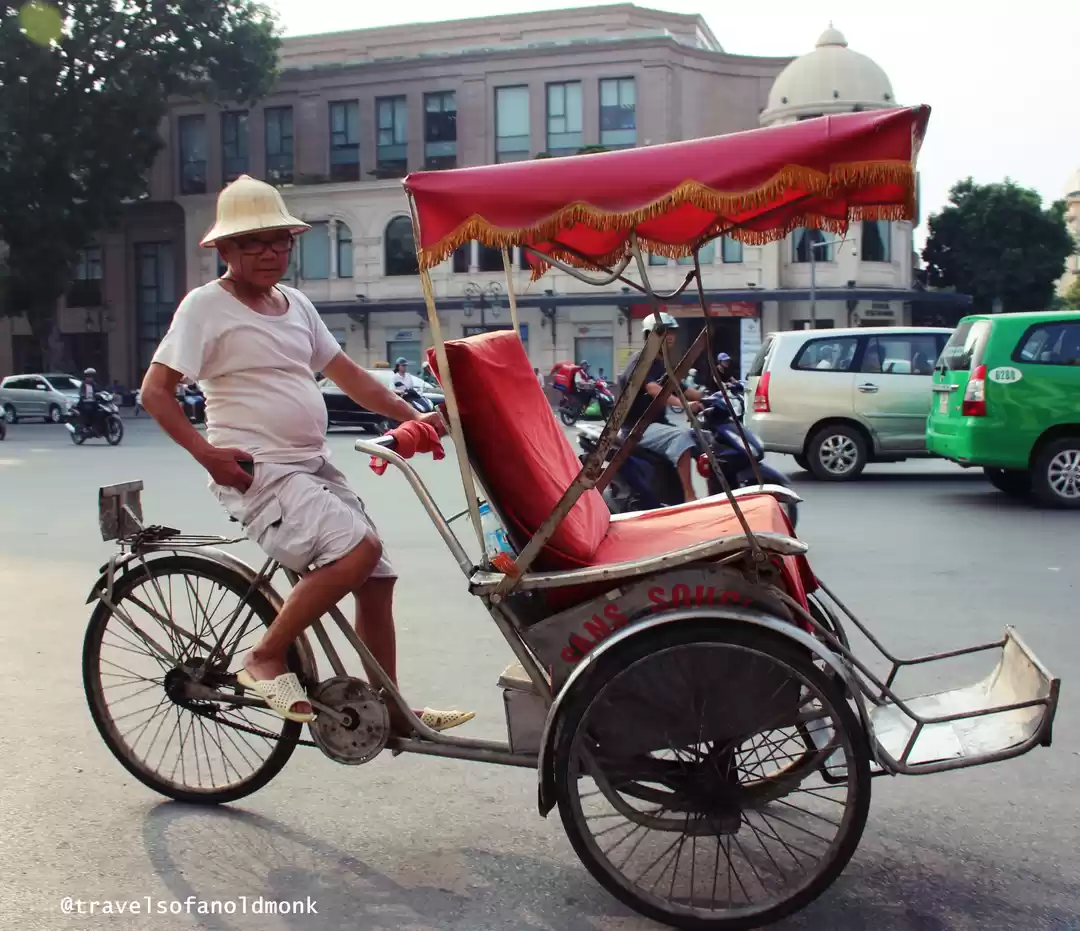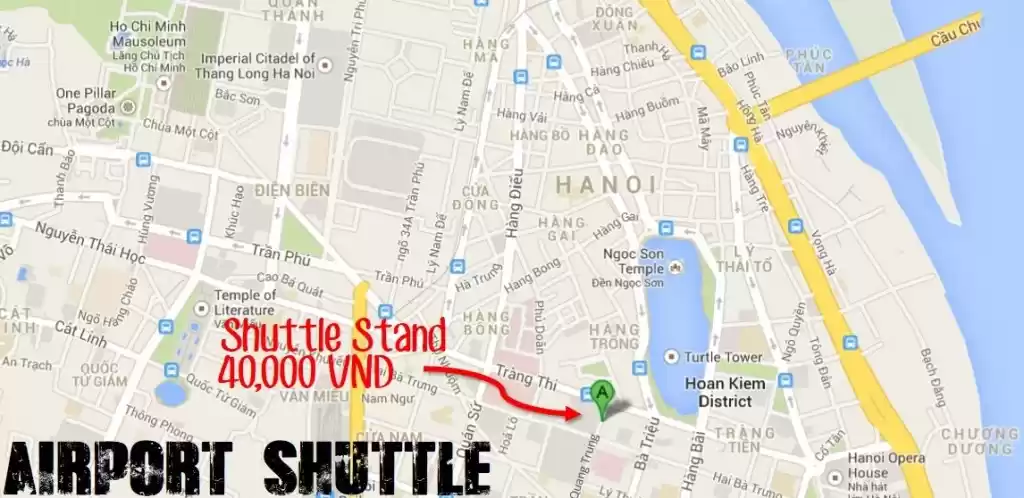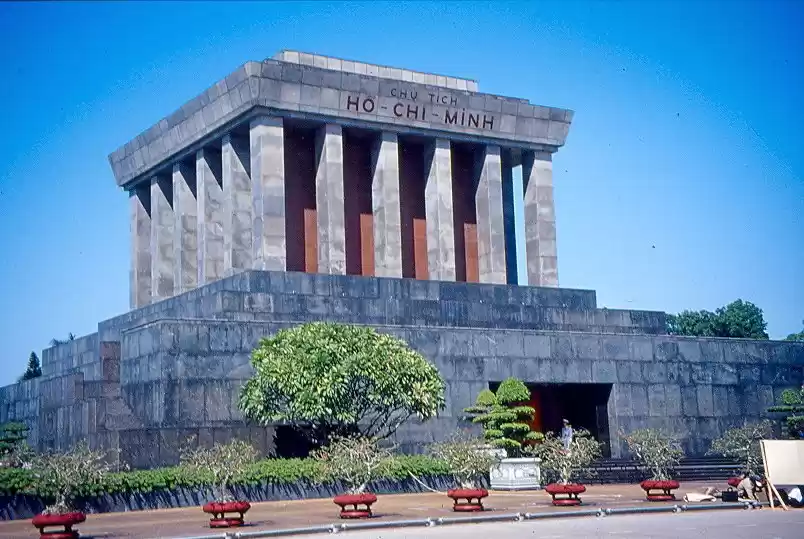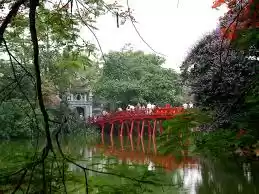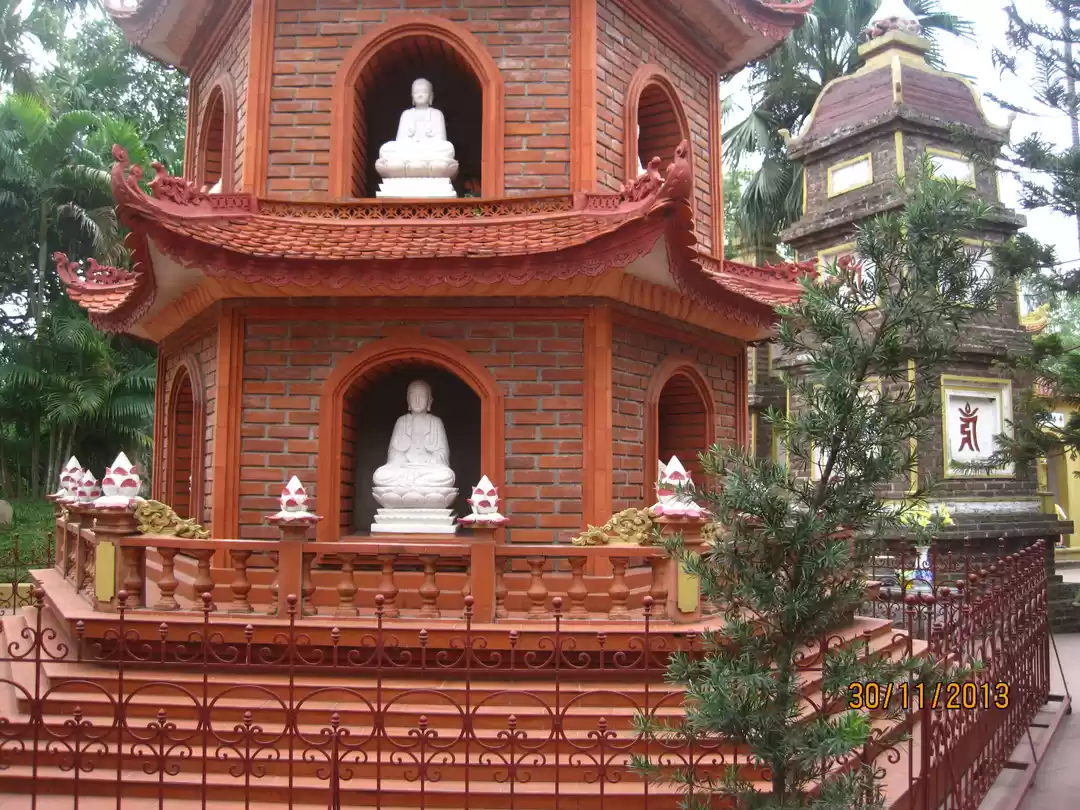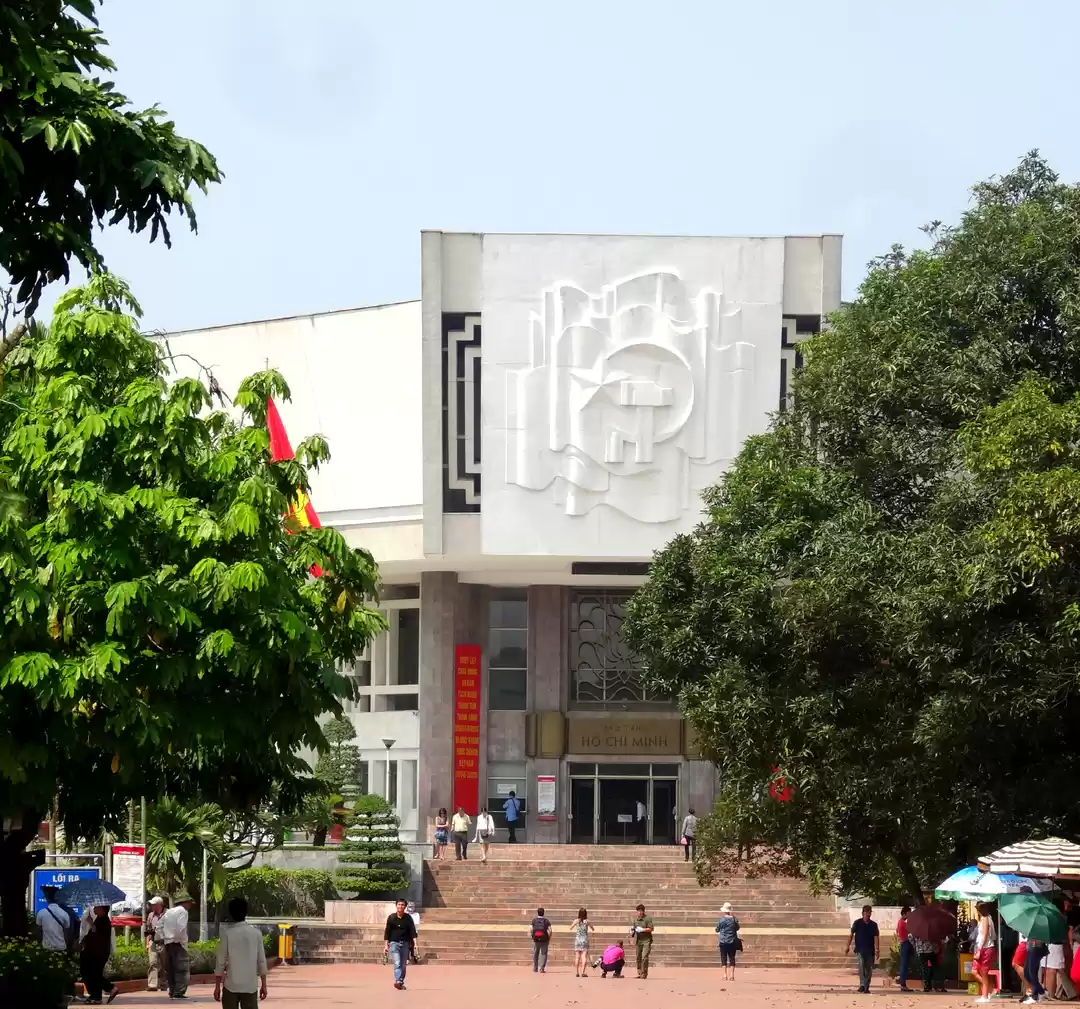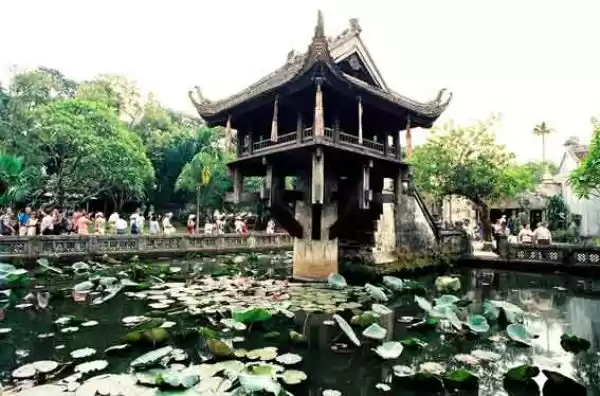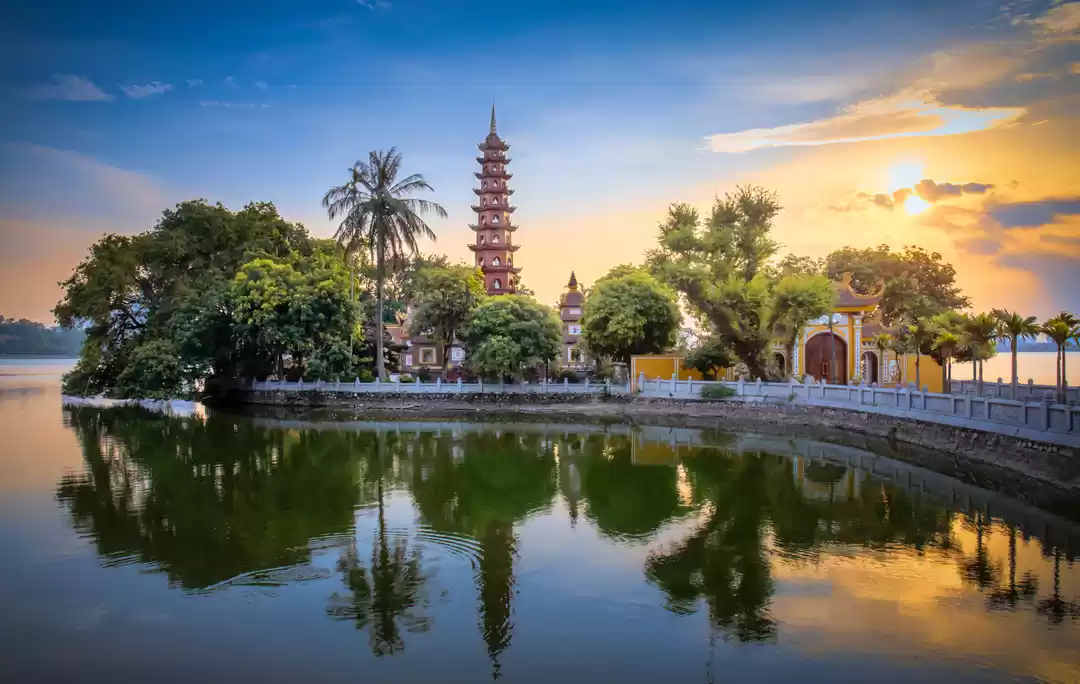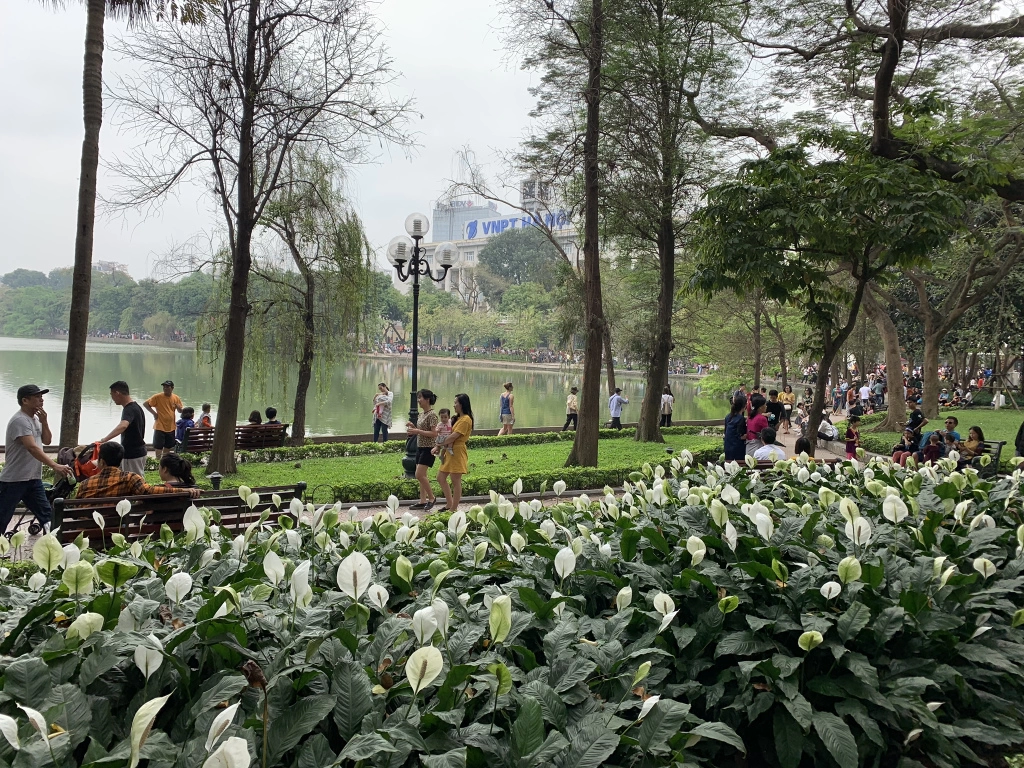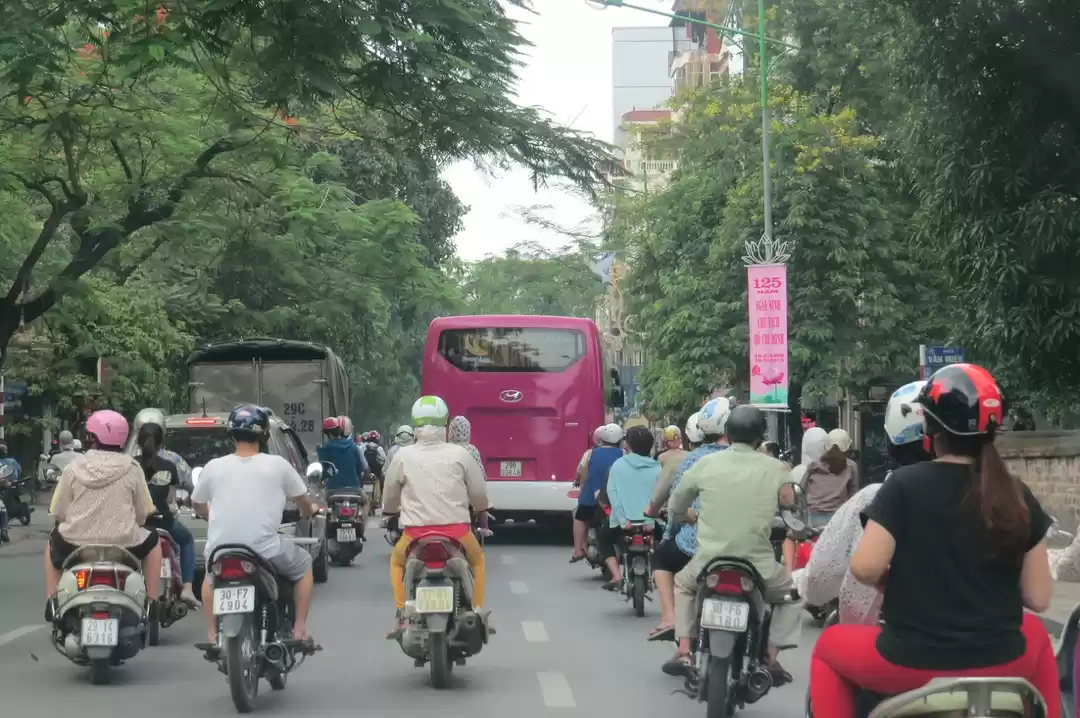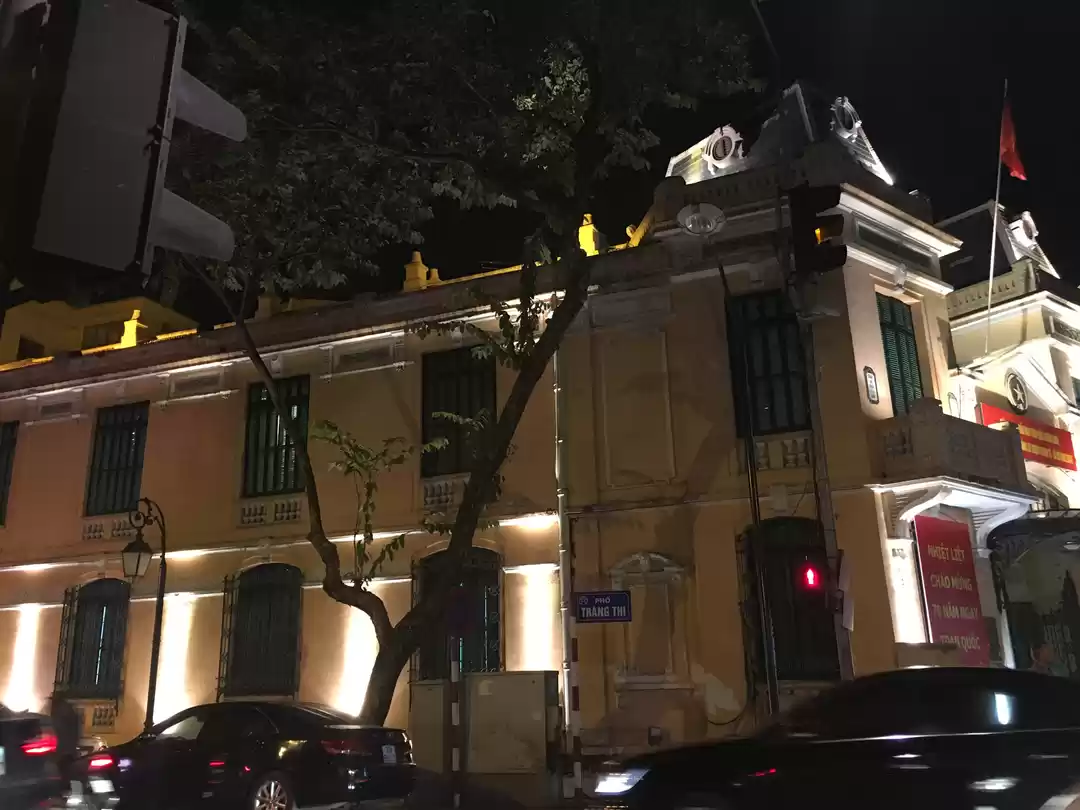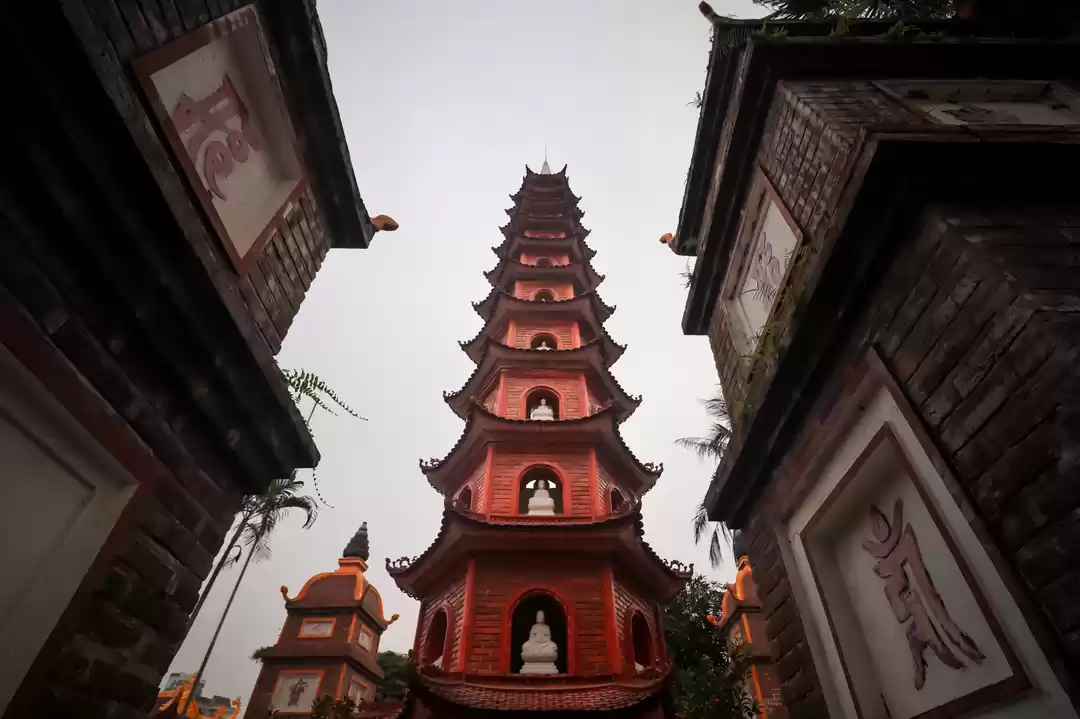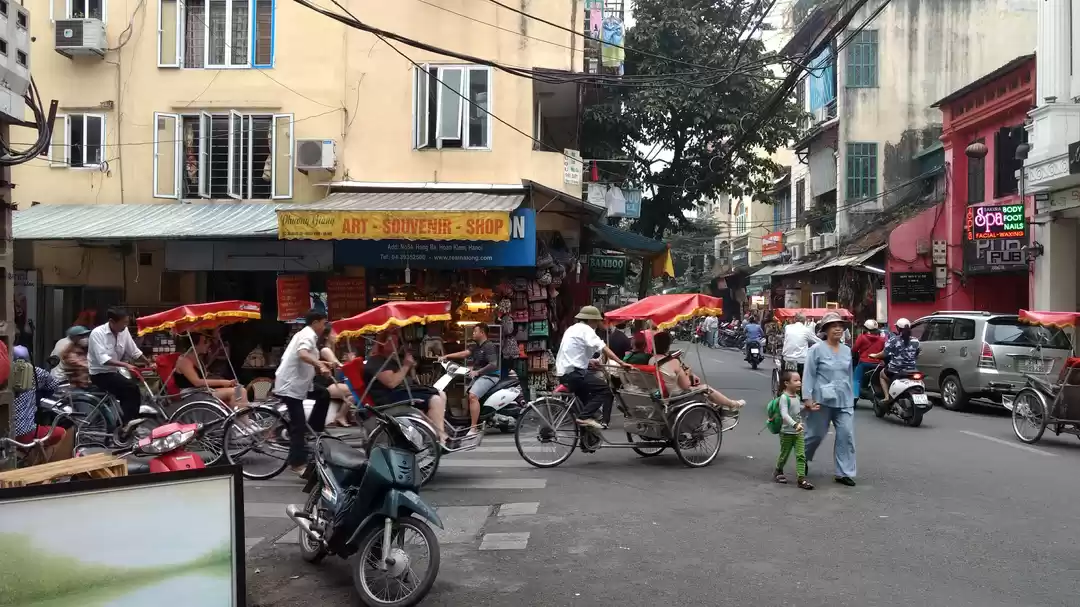









Hanoi is such as marvelous place. I spent five days there, and most of the time I roamed around the busy streets and hidden alleyways of the Old Quarter. I didn't plan out an itinerary full of museums to visit or shows to see; instead, I sat in cafes looking out at the traffic, ate sitting on plastic stools by the roadside, and walked rather aimlessly around, poking about and stopping at whatever interested me.
And there was so much that was interesting to see, just in the daily rhythms of the city and routines of the people. The streets in the Old Quarter are named after the trade that the street used to be known for, so you'll find rows of shops all selling toys, or hardware, or wooden frames, or even coffins. One particular street was all decked out for Tet, the Lunar New Year, and the shops were festooned with glowing red lanterns and shiny gold envelopes.
The streets of Hanoi are quite chaotic, full of honking motorists carrying everything from cartons of eggs to tourists, lumbering cars and trucks, bikes, and pedestrians who stroll confidently through the melee. It's quite hard to get used to walking around without feeling like you will get run over at any second, but I've learned it's all about being aware of the flow of traffic, and stepping in with composure and assurance. Motorists will avoid you, as long as you keep moving forward at a steady pace. At nights the streets grow even livelier. People gather in large groups to dine communally at large eateries, where the stools spill out onto the sidewalks. Offering no frills at all, each eating hub serves a few special dishes. Rarely is one presented with some sort of menu; for outsiders such as myself, the best strategy is to watch what the locals are eating and point. At other street corners, groups of people hunch over hot lemon tea, cheap beer, and munch sunflower seeds, holding lively conversations and watching interesting happenings on the streets.
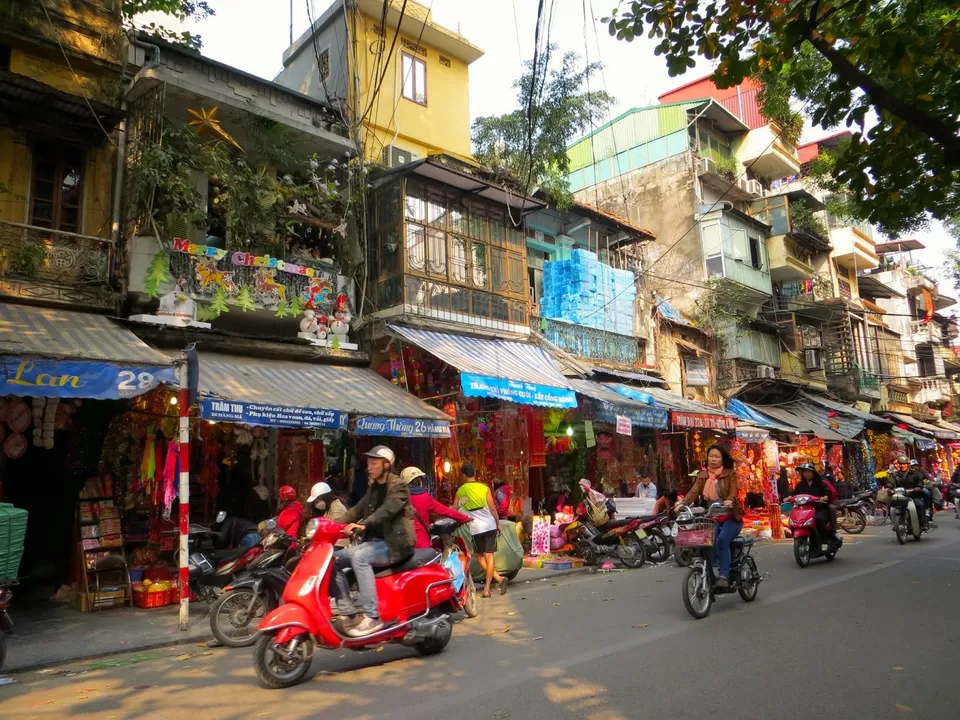
It's amazing how much life is contained in the city and its streets. The Old Quarter, especially, is dense; perhaps that is why it is so popular with tourists. You can't go two blocks without seeing a pho place, or a massage parlor, or a hostel. However, I also enjoyed seeing many Vietnamese locals sharing the space, sometimes frequenting the same restaurants and businesses.
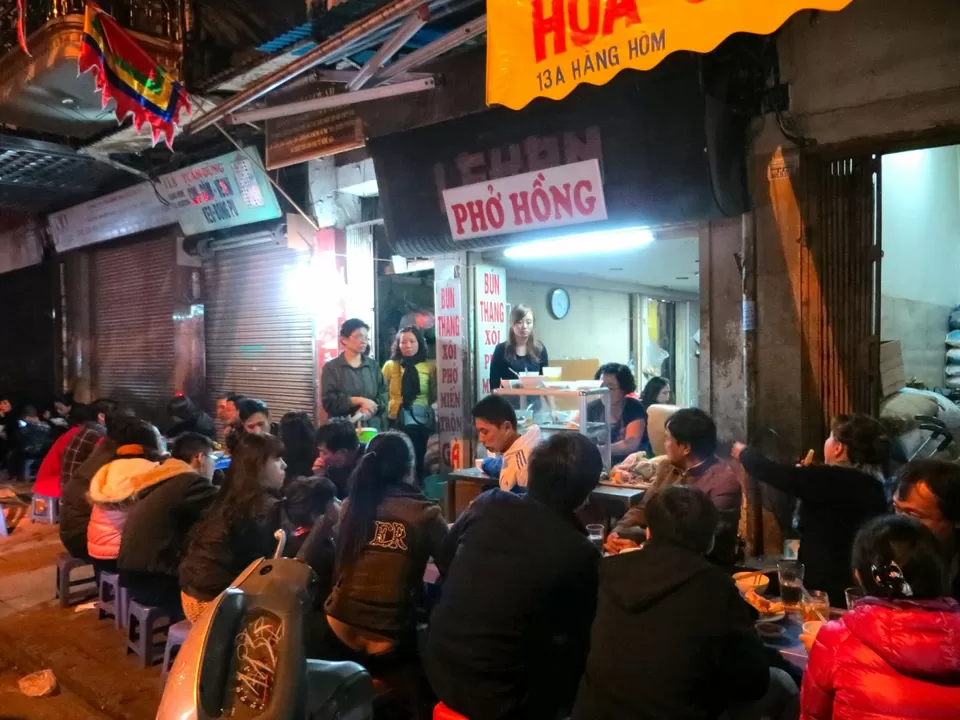
One morning we walked to the Temple of Literature, a Confucian Temple that used to hold the most ancient university in Vietnam. It's about a ten minute walk from the Old Quarter, and one of the most popular tourist sites in Hanoi. The beautiful grounds are within an enclosed stone wall, and you only have to pay $1 for an entrance fee. It was lovely to stroll around on a crisp and bright morning.
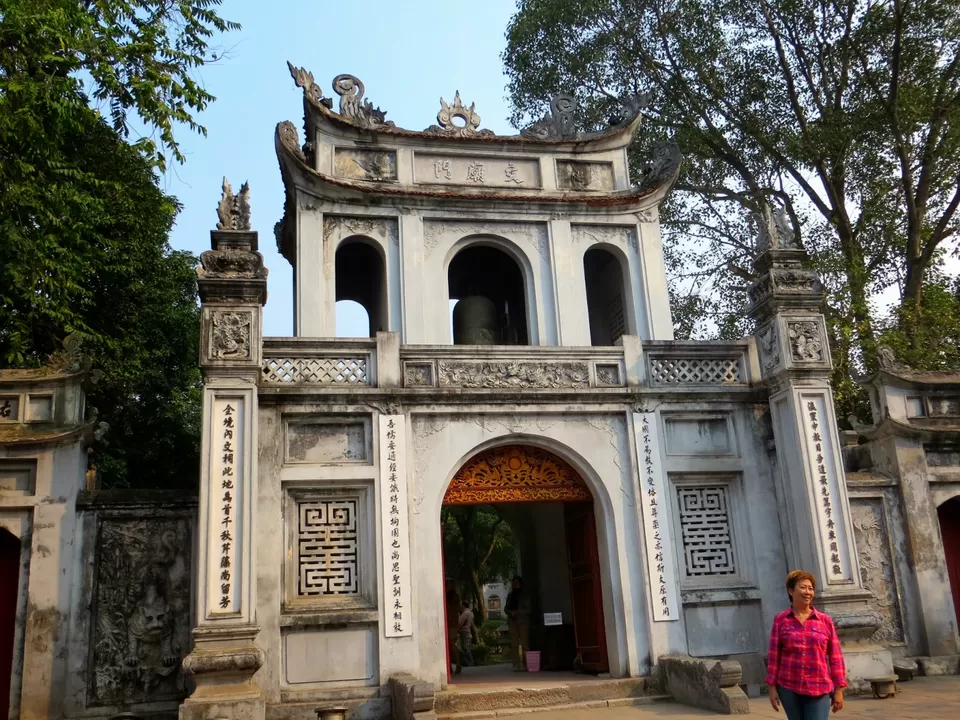
Another very popular sightseeing spot is the Ho Chi Minh Mausoleum. Ho Chi Minh's body is embalmed and on display, similar to Mao's body in China's Tiananmen Square. The Mausoleum is only open until 11:30am every morning, and apparently there is a very long line of people wanting to catch a glimpse of his body. We skipped the viewing, choosing instead to explore the grounds behind the mausoleum, where we saw the presidential palace and other historic sights like Ho Chi Minh's old residence and the One Pillar Pagoda.
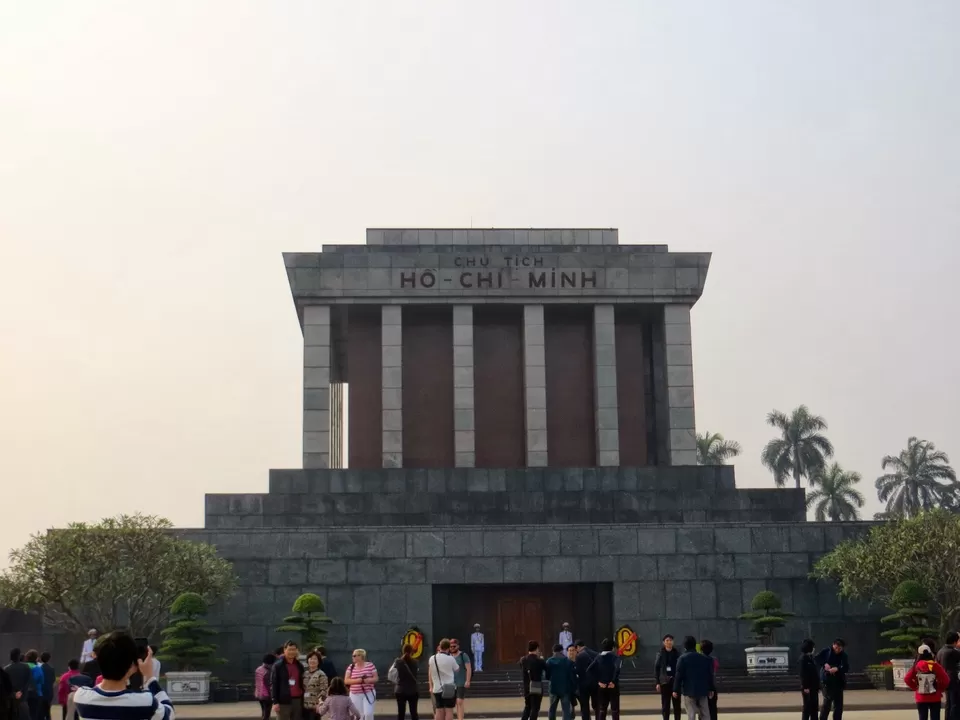
St. Joseph's Cathedral is another point on the map that was marked for sightseeing. When we walked over one Monday morning it appeared that the building was closed, though when we walked over to one side we found an open door and got to peek inside. The neighborhood surrounding the cathedral is quite nice, with lots of little cafes and shops. I found this place called Joma Bakery Cafe that I immediately fell in love with and went back 3 separate times! They make their own bread and it's divine.
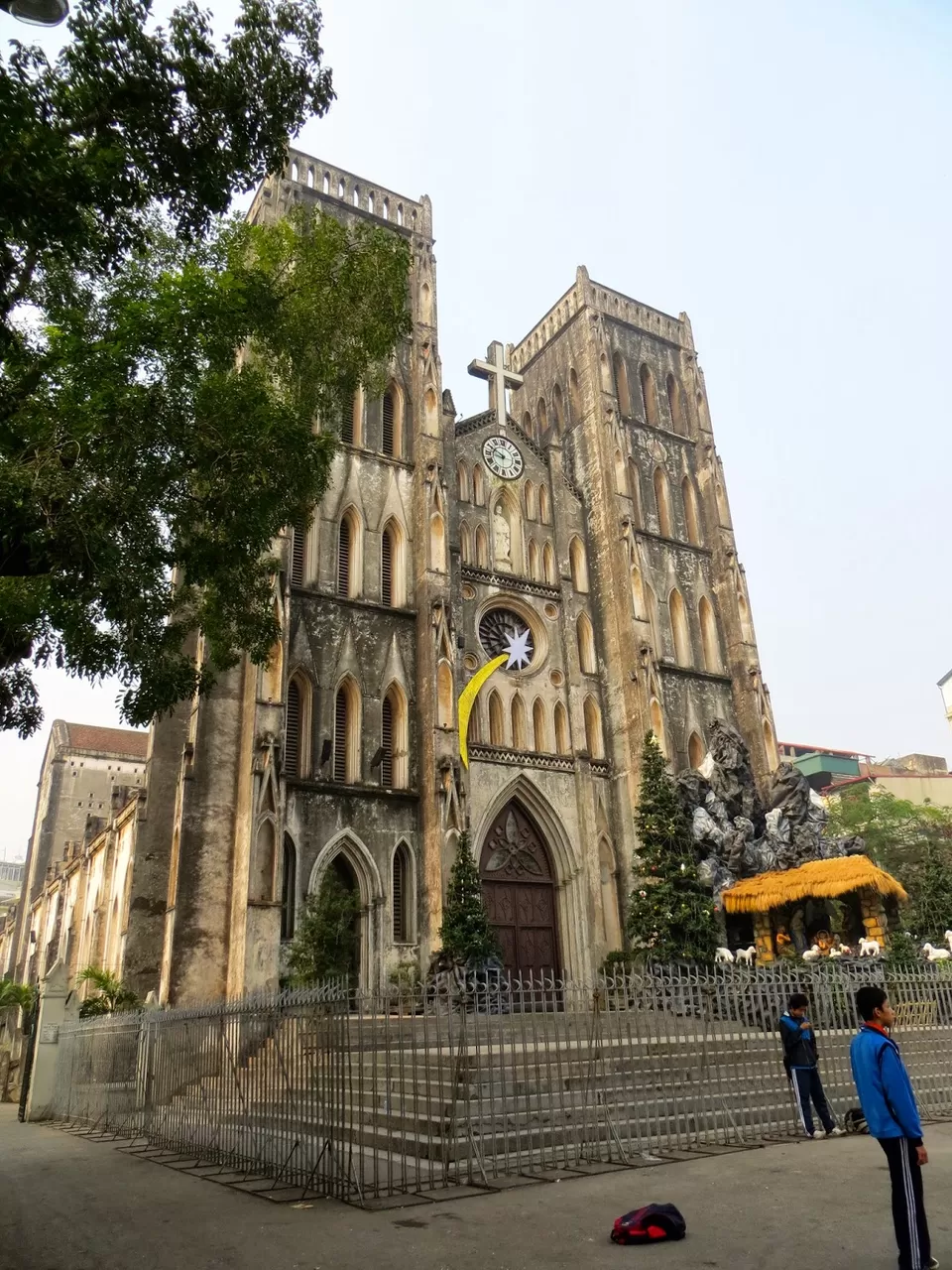
Hoa Lo Prison has an interesting history. The French used the prison to detain Vietnamese political prisoners during their era of rule, and then Hoa Lo was used for captured American POWs during the Vietnam War. Only part of the building is still intact, and preserved as a historical site; sadly, much of the space has been taken over to build new high-rise buildings. The prison tour was quite an interesting experience, seeing how the government presents its historical perspectives. For one, it focuses mostly on the French brutal treatment of Vietnamese prisoners, and only dedicates the last part of the tour to the American experience. Additionally, it tries to claim that the Americans experienced benevolent treatment in the prison, showing videos of POWs laughing, playing games, eating good meals, and even celebrating Christmas. You would think from their claims that the Americans were honored guests rather than enemy soldiers. Indeed, there is a bit of irony in the nickname "Hanoi Hilton," created by the Americans. They chose this nickname ironically, yet the description in the prison uses this American nickname as literal proof of the fine experience that the Americans received. Yet I'm sure there must be some grain of truth to their claims. There always exist multiple histories amongst all the sides of any conflict, and I'm aware that I've only grown up with the American one.
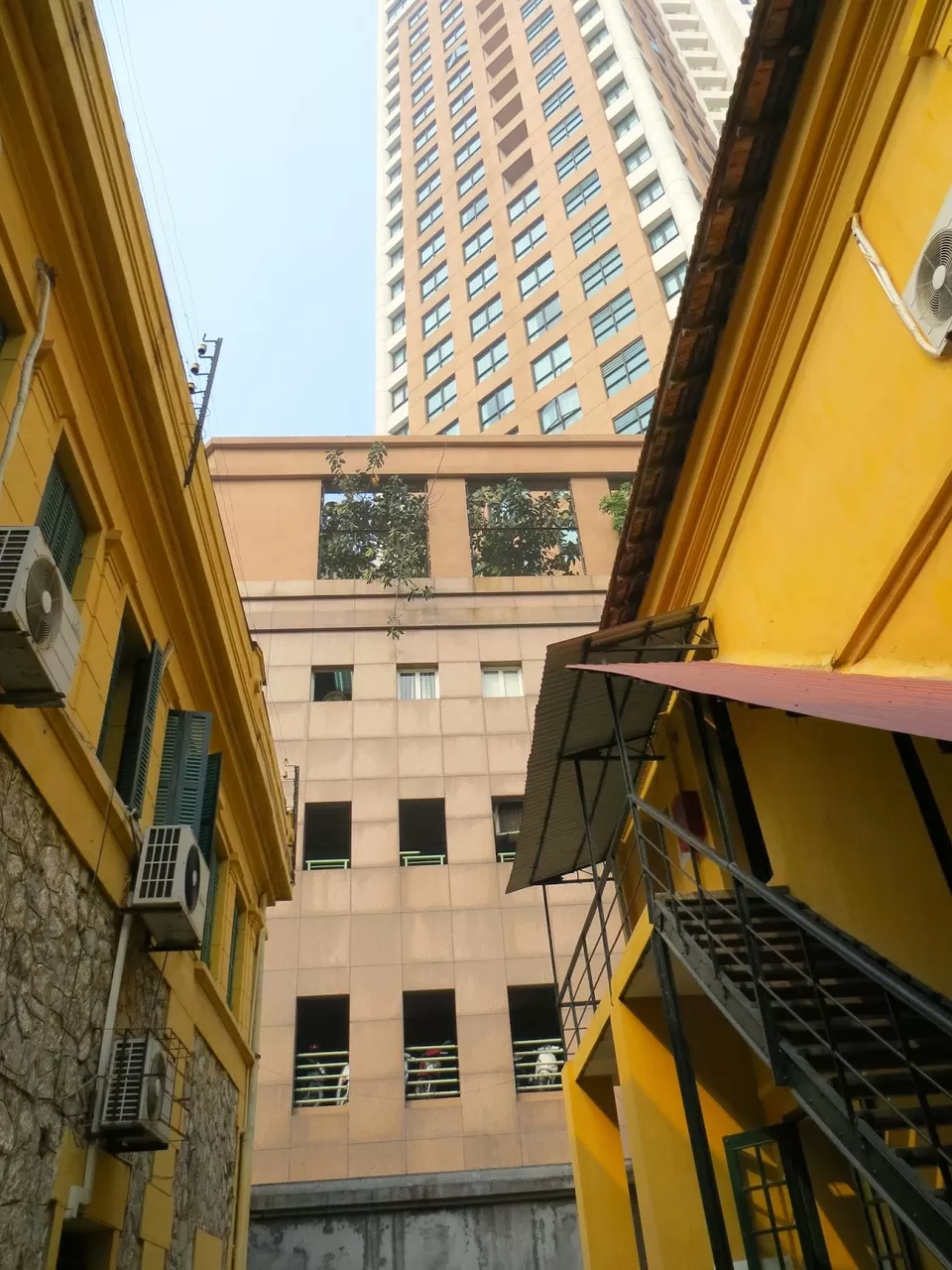
Several times during our trip we visited Hoan Kiem Lake in the Old Quarter. There are a lot of nice cafes overlooking the water, and it's a nice walk around the shores as well, during the day or night. Many locals come here to exercise and do calisthenics - I frequently saw people, especially older folks, strolling around while swinging their arms and pumping their legs vigorously. There is a pagoda in the middle of the lake that can't be reached, as well as a temple that one can get to by crossing a bridge.
